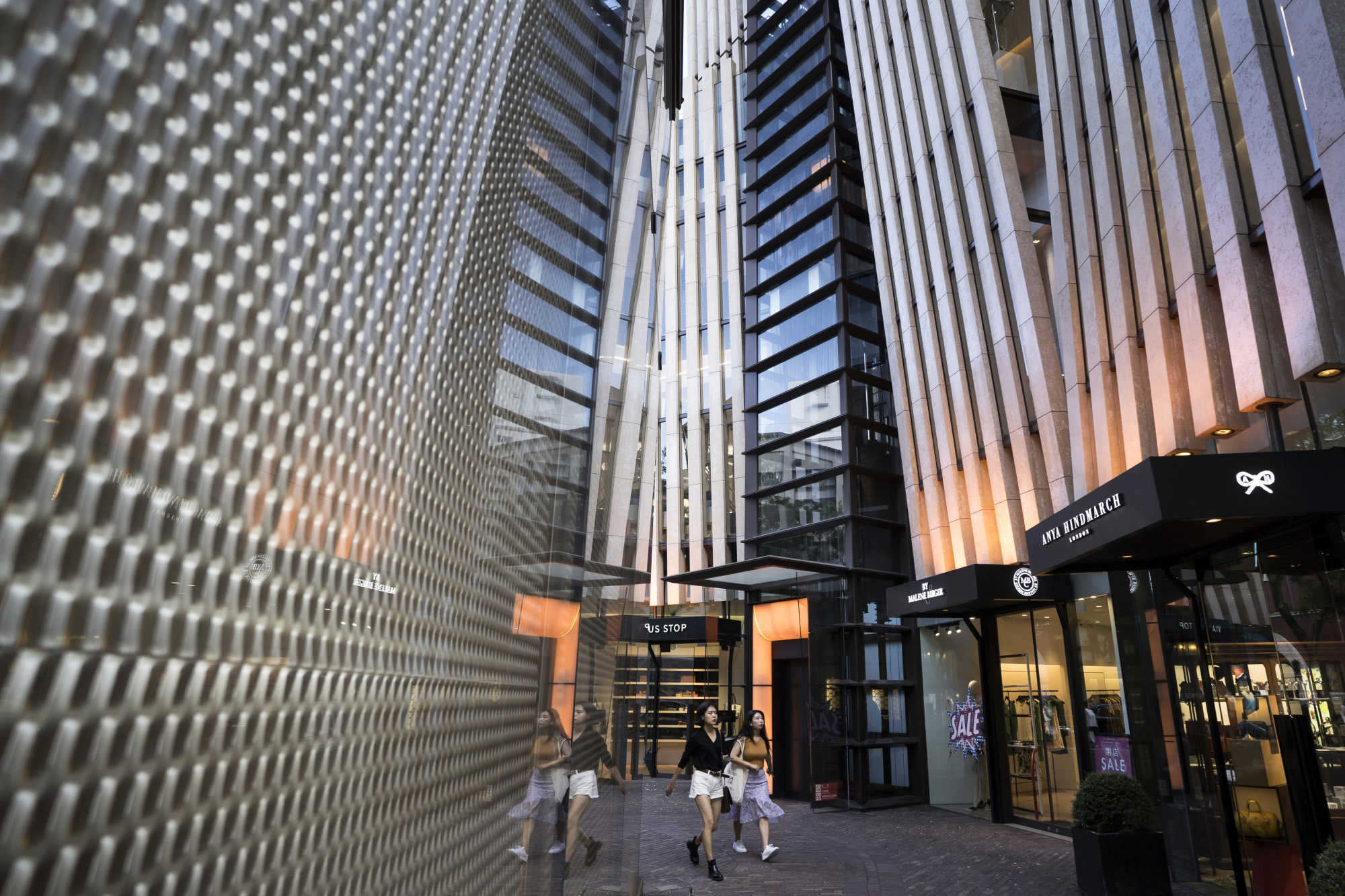The country's male-dominated businesses are starting to ditch long-held views about what kinds of products women want as female consumers flex their growing spending muscle.
While the result — more goods that emphasize the practical rather than the pretty — is the way it's long been in many other economies, Japanese design for women has shown a lingering tendency to stereotype with cutesy forms and pastel pinks.
Time-pressed women such as 29-year-old Ruriko Saiki are forcing change via their spending choices. She's among the 1.9 million women who've entered the nation's workforce over the past decade, while 910,000 men have left.



















With your current subscription plan you can comment on stories. However, before writing your first comment, please create a display name in the Profile section of your subscriber account page.